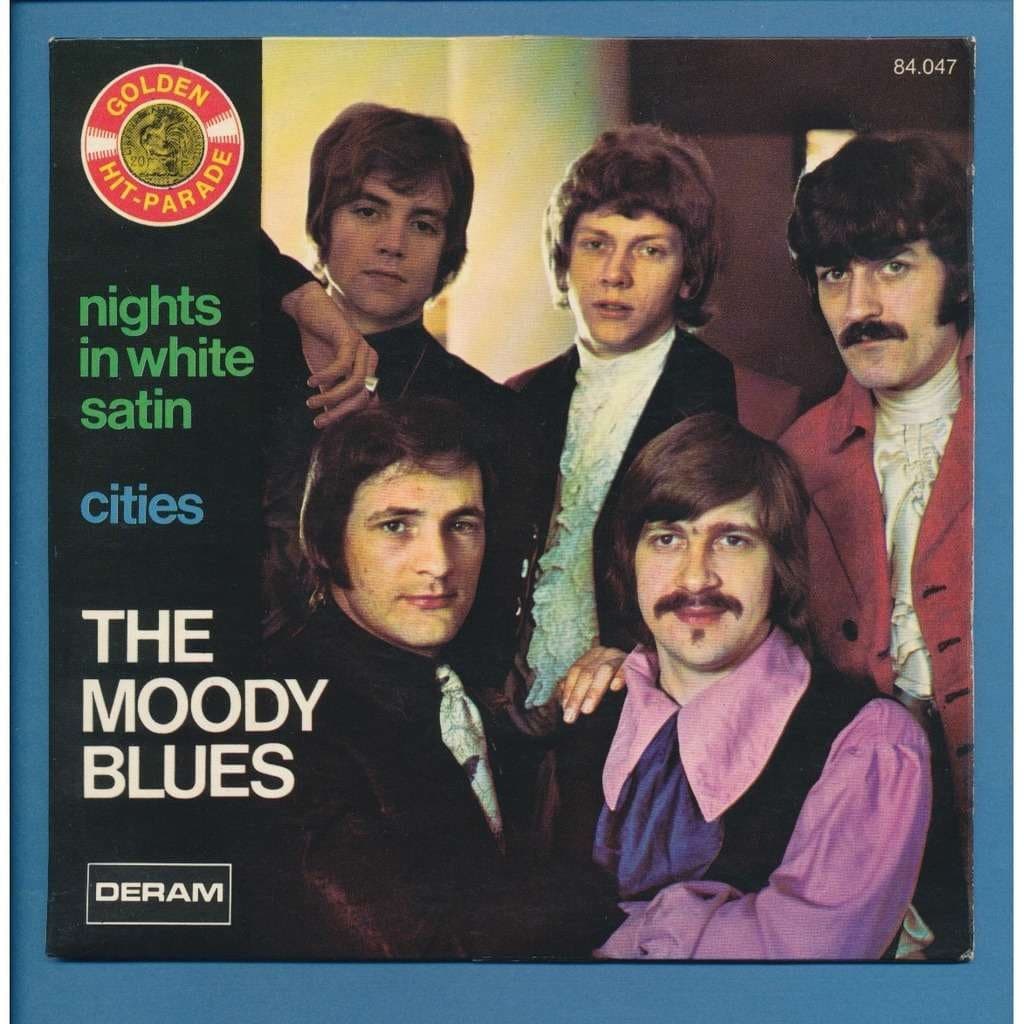
The Moody Blues – “Nights in White Satin” and the Timeless Ache of Lost Love
Few songs capture the haunting beauty of longing, regret, and unfulfilled love as powerfully as “Nights in White Satin.” Written by Justin Hayward at the age of 19, this masterpiece became the beating heart of Days of Future Passed (1967), an album that transformed The Moody Blues from a solid R&B outfit into pioneers of symphonic rock.
From the opening swell of lush orchestration to the final, whispered farewell, “Nights in White Satin” exists in a dreamlike state, drifting between the euphoria of love and the sorrow of its inevitable loss. The song’s achingly romantic melody, carried by Hayward’s soulful, impassioned vocals, feels like a lament written in candlelight—both intimate and cinematic.
The instrumentation is an emotional whirlwind. The Mellotron, played by Mike Pinder, weaves a spectral backdrop, its ghostly strings swelling and fading like memories that refuse to be forgotten. The orchestral flourishes, arranged by conductor Peter Knight, elevate the song to something almost spiritual, as if it exists outside of time, suspended in its own ethereal world.
Lyrically, “Nights in White Satin” is achingly simple but deeply evocative. It paints a picture of love lost—letters never sent, words left unspoken, emotions lingering in the darkness. Every phrase feels like a whispered confession, a plea from someone standing at the edge of heartbreak, reflecting on moments that slip away like mist.
Originally released in 1967, the song barely made a ripple on the U.S. charts, peaking at a frustrating #103. But something about its otherworldly beauty refused to be forgotten. When it was reissued in 1972, audiences were finally ready to embrace its melancholic majesty—it soared to #2 in the U.S. and #9 in the U.K., earning gold certification and cementing its place in rock history.
More than just a hit, “Nights in White Satin” became a cultural touchstone, referenced and reinterpreted across decades. Its slow-burning intensity, orchestral grandeur, and raw emotional core make it one of the most profoundly moving songs ever recorded. Whether heard alone in the quiet hours of the night or blasting through concert halls, its spell remains unbroken—a love letter to those who have loved, lost, and never quite let go.